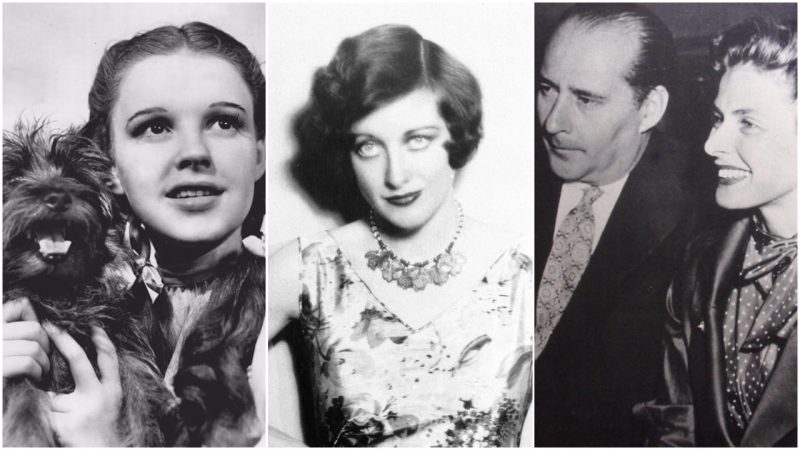“Every actor in his heart believes everything bad that’s printed about him.”
― Orson Welles
Hollywood has always been a dynamo of gossip, scandals, and public downfalls.
Today, with social media just a touch away from the finger, we can instantly follow through all those juicy news items. But it was no different in the 1930s or the 1950s. Hollywood stars and figures regularly filled the newspaper headlines with sensational news stories – we thought you might want to know some of them too.
1. Greta Garbo and Marlene Dietrich – did they have an affair?
Garbo and Dietrich had an estranged relationship with each other. Reportedly, the two of them met in 1945 at a party hosted by actor Clifton Webb and were both introduced to each other by Orson Welles. The encounter was odd. Marlene attempted to flatter Greta, telling her she was a “goddess,” but Garbo could hardly bring herself to say “Thank you,” following her rule never to return a compliment. At the end of the party, Marlene reportedly said: “her feet aren’t as big as they say.” However, it turned out there is more behind this awkward interaction.
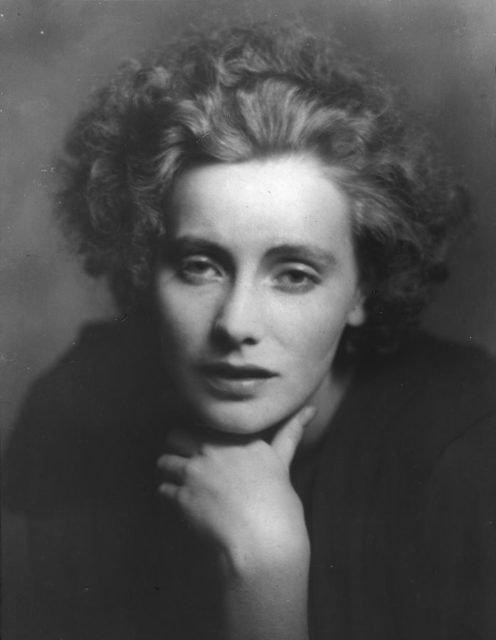
The two European actresses most certainly met for the first time while in Europe, before either arrived in Hollywood. They both worked on a silent movie entitled “The Joyless Street.” Garbo was aged 19 at that point, and Dietrich was already noted for her bisexual and promiscuous life back in Berlin. Moreover, Dietrich denied ever taking part in this silent movie throughout most of her career. According to author and film historian Diana McLellan, Dietrich really appears in several key scenes of the film.
“Suddenly, my heart jumped. I stiffened. I stopped the film, then rolled it back. I rolled it again, and again, and again. Over the past several months, I had examined, very closely, scores of photographs of Marlene in Berlin and Vienna in the 1920s. There was no question at all in my mind that the woman I was watching in several key scenes was Marlene Dietrich,” stated McLellan.
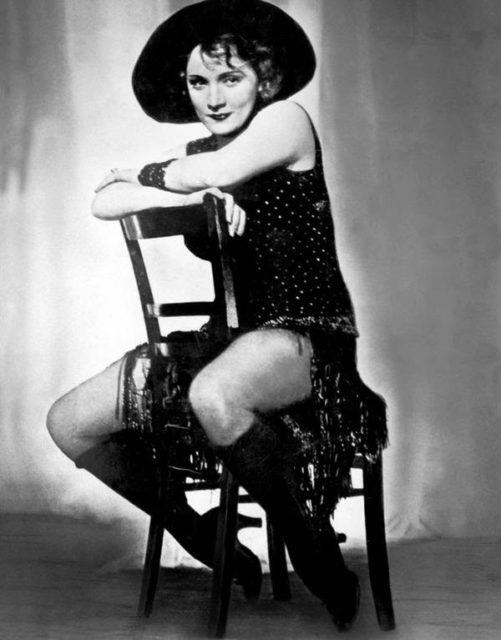
McLellan’s research on the silent film footage and related materials further suggests the two of them got into a love affair at that point. Garbo supposedly fell in love with Dietrich. However, Dietrich never intended to maintain such a relationship, which would have affected the young Garbo significantly. Dietrich also mocked Garbo, telling her at one point she was an unintelligent “Scandinavian child” who also wore dirty underwear. We can only guess at the details of what happened between the two of them.
2. Classic Hollywood: An era of glamor and abortions
From the 1920s through the 1950s, abortions were common procedures behind the scenes in Hollywood. It should come as no surprise if we consider that back then, studios largely controlled the lives of actors, and particularly those of actresses. Oftentimes, this happened against their will and the abortion procedures were largely helped by the notorious “Hollywood fixers.”
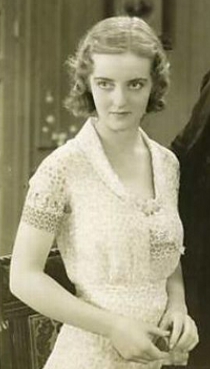
From the very infancy of America’s film industry, abortions were necessary body maintenance for women in the spotlight. Birth control, including prophylactics, were about as new as “stars” themselves—movie performers who went overnight from being “Little Mary” or “The Vitagraph Girl” to “America’s Sweetheart” or “Sex Goddess.” – notes The Vanity Fair.
Bette Davis, Judy Garland, Joan Crawford, Jeanette McDonald and Lana Turner are just a few of the iconic actresses of old Hollywood that reportedly underwent an orchestrated abortion.
3. Joan Crawford did at least one pornographic film
Now that we’ve mentioned Joan Crawford, rumor has it that during her early career she starred in some pornographic films as well. There is no physical copy surviving of such a film, but it is well known that companies like Metro-Goldwyn-Mayer (MGM) or Warner Bros. were very good at protecting the status and image of their most worthy celebrities.
Crawford was one of the biggest stars of MGM, and the company supposedly spent many years and tremendous sums of money in tracking down the pornographic footage and destroying it.
The notorious Hollywood fixer, Eddie Mannix, mainly worked on the case, collaborating with the mob in order to track down those people who owned the distasteful material. A version of the story tells that Mannix was asked to simply pay $100,000 for all the negatives of the film; another version tells that the copyholders were made to accept only $25,000 of the sum, plus were threatened with their lives.
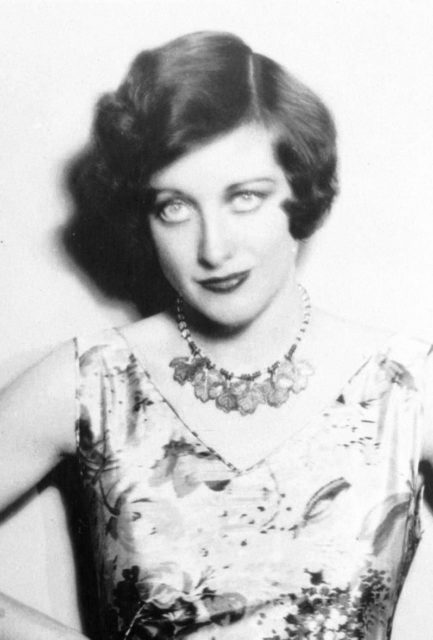
With four marriages and five adopted children, Crawford regularly had more juicy news for the newspapers to tell. Two of her oldest adopted children, Christina and Christopher, have been very critical of Crawford, outing her for being a child abuser too.
4. Behind the scenes: “Gone with the Wind.”
Behind the scenes, the crew of “Gone with the Wind” faced some turmoils. The ultimate classic movie was a major project of MGM, and its crew initially featured George Cukor, an MGM director and also had Clark Gable starring as Rhett Butler.
The thing was that Cukor was gay, and Gable likely detested the fact. Gable also had high authority at MGM and made a real effort to have Cukor replaced in the team. Cukor was actually removed from the team after some time, and in the end, he didn’t even get credited for the work he had done.
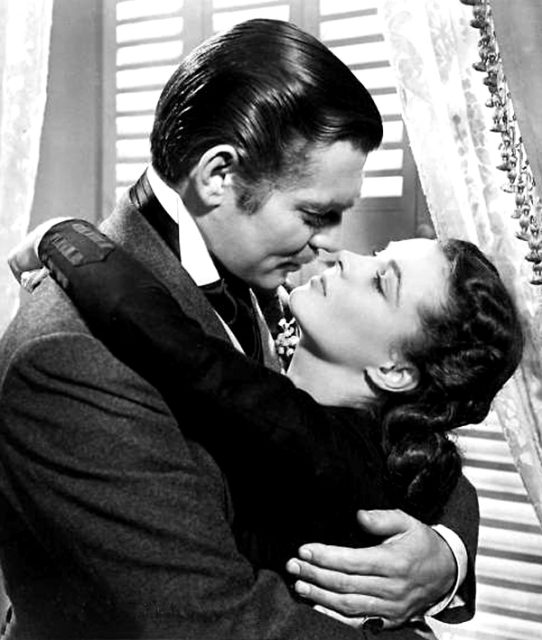
Vivien Leigh and Olivia De Havilland, the actresses who starred as Scarlett and Melanie in the film, were noted to both be devastated by the move. They also did everything in their power to keep Cukor on board. In the end, Victor Fleming, who was through with his work at yet another of MGM’s big projects, “The Wizard of Oz,” joined the team of “Gone with the Wind” and took the place of Cukor.
According to Cinemazzi, reports vary as to how much of a role Gable played in this internal drama, “however, years later, a rumor circulated that Gable, famed for his macho film characters and persona, had had an affair with William Haines, a gay actor, in the Twenties, and that Cukor was aware of the relationship.”
5. Who killed Superman George Reeves?
In 1959, George Reeves, star of “The Adventures of Superman“, was found dead with a bullet to the head. It was determined he had committed suicide, but soon enough rumors implied there was more to it. Reeves allegedly took his life during a party at his house, going upstairs and shooting himself in the head.
The story again involves the infamous Hollywood fixer, Eddie Mannix. It was by far the biggest scandal he was to be associated with. Mannix’s wife Toni was involved in a love affair with Reeves, supposedly, for years. Many years after the tragic event, unwell and sick, Toni was allegedly overheard by a friend confessing to a priest. The confession was that the death of Reeves was the work of the fixer.
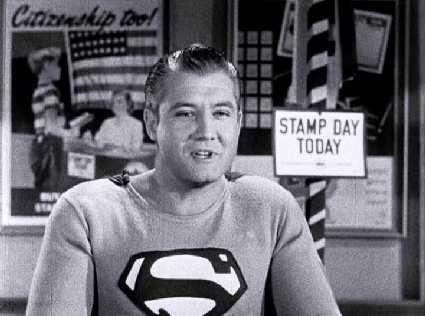
Even so, many people still believe that Reeves really committed suicide. They deem that the reason was because he failed to find work beyond Superman. As films made in Hollywood are well known for their unpredictable twists in plots and narratives, so are the life stories of their stars. Their scandals are always easily subject to possible spin-offs, and even now, the death of George Reeves continues to puzzle those who try solving it.
6. When Lana Turner’s mafioso lover was stabbed to death
Lana Turner was noted for her femme fatale roles, but she sort of lived through a dark murder tale of her own. In 1958, her boyfriend Johnny Stompanato, a noted mobster, was reported stabbed to death in Turner’s home. The testimonies implied that it was her 14-year-old daughter, Cheryl Crane, who was the one to take a butcher’s knife and commit the murder.
“Cheryl Crane, whose father was restaurateur Stephen Crane, said she stabbed Stompanato to protect her mother from what she thought was Stompanato’s homicidal rage. The killing led to what was surely the most titillating in L.A.’s history of colorful coroner’s inquests.” says also LA Times.
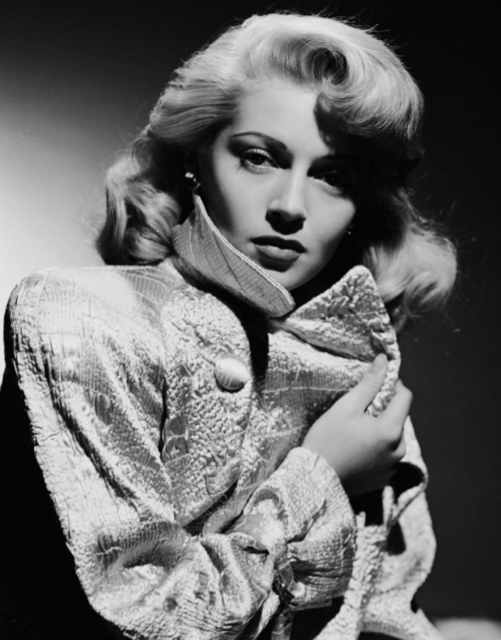
The killing of the mafioso was in the end proclaimed as a justifiable homicide following the court’s hearings. Rumors, whether the testimonies of Lana Turner were true or not, were a subject of debate for years after until Crane further highlighted the story in 1988.
7. The scandals of Ingrid Bergman and Roberto Rossellini
When it comes down to Hollywood stars and their fans, it should be noted that their hatred is as fickle as their appreciation and adoration.
The Swedish actress, Ingrid Bergman is an excellent example from Hollywood’s old days to illustrate the phenomenon. Renowned for her astounding beauty and wholesome character, her image was tarnished once she got into an affair with the Italian director Roberto Rossellini.
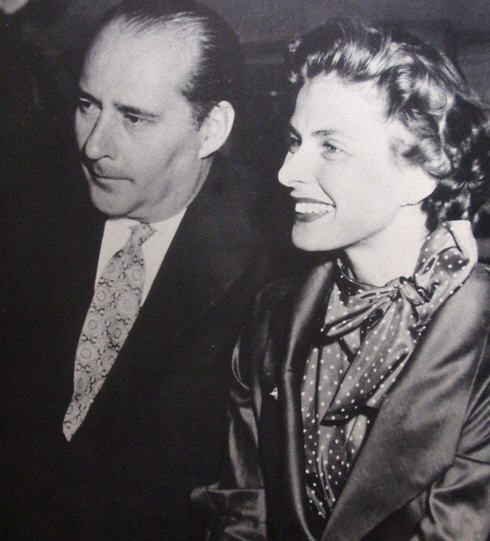
It all started in 1949 when the two of them worked on the film Stromboli. They began an affair, but both already had spouses. However, Bergman fell pregnant, and their child came into the world out of wedlock, before they were officially a married couple, in 1950. Soon enough, Bergman was denounced as immoral by many of her fans. Reportedly, harsh statements came from government officials too, with Senator Edwin C. Johnson calling the Swedish actress “a powerful influence for evil.” Bergman and Rossellini were divorced by the mid-1950s. The actress eventually restored her image, perhaps proved by her Academy Award for “Anastasia.”
8. Charlie Chaplin had a taste for younger women
Not many of us would associate Charlie Chaplin with any form of scandal. Mostly, we remember Chaplin as an icon who actually helped films become an art form.
A legend of the silent film era, not everybody knows that he really preferred younger women and proof for that are that a few of his marriages were to actual teenagers.
Charlie was already 29 when he first married with a 16-year-old. This marriage did not last for a long, and he remarried, again with a 16-year-old wife, who reportedly stated that the actor married her after she became pregnant. The second marriage also resulted in divorce. Later on, testimonies implied Chaplin forced her to have an abortion. These were certainly not the best days of Chaplin’s life, and it affected his reputation. However, he was not deterred from chasing other er women.
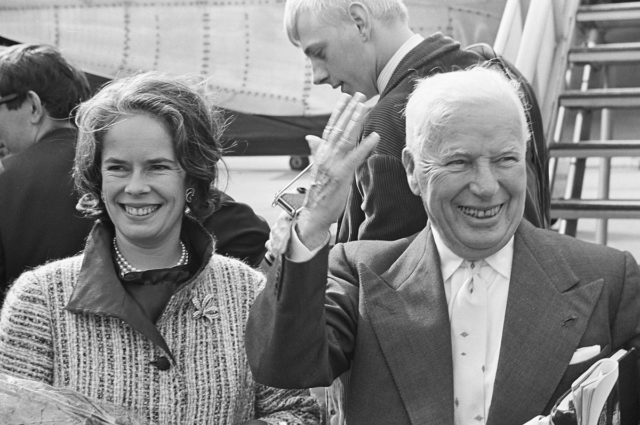
Chaplin got married twice more. His fourth wife (and last one), Oona O’Neill, happened to be a teenager too, being just 18 years old at the time they got married. Oona was the daughter of the American playwright Eugene O’Neill and the English writer Agnes Boulton. Rumor has it, at the time the two of them met, she was dating the then still unknown writer J.D. Salinger (21). Does this mean we should also credit Chaplin for stealing Salinger’s girlfriend?
9. Errol Flynn went after a teenage girl too
In 1942, Errol Flynn was at the peak of his Hollywood career. The Australian actor had already starred in famous classics such as Captain Blood, The Sea Hawk, and The Adventures of Robin Hood. Aside from his astounding film work, through most of his career, Flynn was a noted handsome womanizer.
Then in September that year, a party was held where Flynn met the 17-year-old Betty Hansen. The young girl, who had only dreamed of making her way to stardom, was at some point during the evening seduced by the drunken Flynn. The next day, Hansen had told her sister that she was seduced in the bedroom by the actor and the case soon went to court.
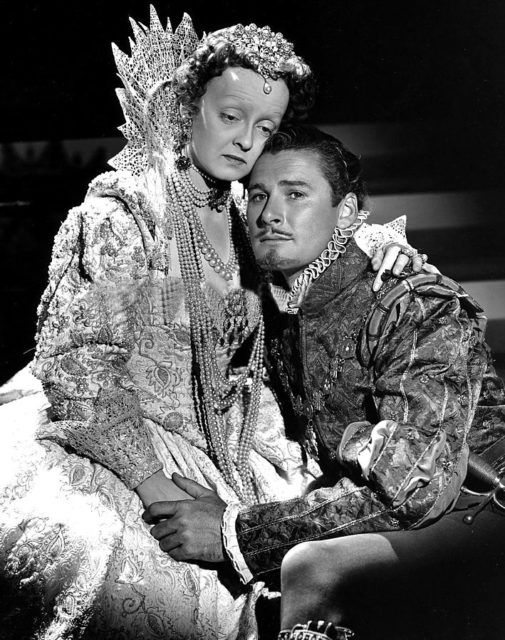
Flynn was arrested in October and the trial made a huge scandal. Despite the actor being cleared of all charges, national attention had shifted onto Hollywood’s sexual mores. Moreover, the whole story saw the phrase “In like Flynn” enter into the American vocabulary.
10. William Hearst and Citizen Kane
William Hearst was a famous newspaper publisher tycoon, especially for his yellow journalism. Throughout his lifetime, he had managed to make fortunes and held huge media power, which also enabled him the privilege of living a rather unlawful lifestyle.
In 1941, the Hearst Castle, today deemed as one of the most historical mansions of California, inspired the “Xanadu” mansion of Orson Welles film Citizen Kane. The film also slightly fictionalized Hearst’s career too. Naturally, Hearst was not so happy to see such a movie, and once the movie was released, he prohibited any mention of it in any of his newspapers.
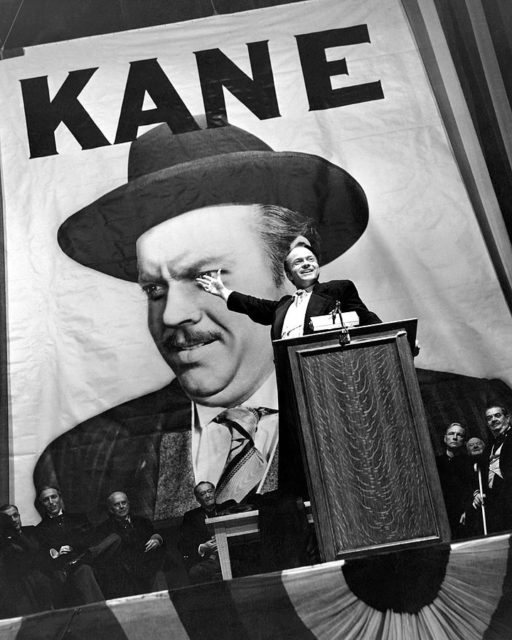
Welles certainly created one of the great movies of all time in 1941 with Citizen Kane, but his career was also largely affected by what Hearst preached. As a result, the film failed financially at the time. But over the years, it went on to receive great critical success.
11. Elizabeth Taylor and her love life
Behind her name, Elizabeth Taylor has eight marriages, including two to the same man, but there is much more to her love adventures.
One such adventure happened in the late 1950s when her third husband, director Mike Todd, lost his life in a plane crash.
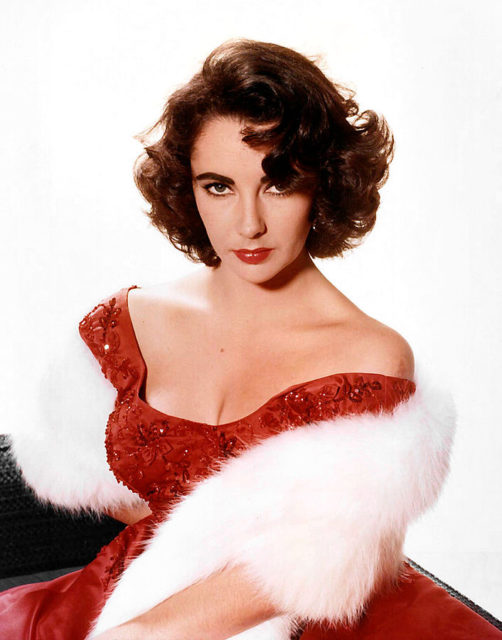
Not long after the unfortunate event, the famous actress began an affair with Todd’s close friend, Eddie Fisher. It would have all been well, but at that time Fisher was married to actress Debbie Reynolds. This made a huge (I mean HUGE!!!) Hollywood scandal. Fisher then divorced Reynolds and married Taylor. As you might easily guess, this marriage didn’t last a lifetime either, as Elizabeth left Fisher for Richard Burton.
As far as Debbie Reynolds is concerned, in an interview after Taylor’s death, she had made the witty remark that “She liked him [Fisher] well enough to take him without an invitation!”
12. People died filming Howard Hughes’ Hell’s Angels
But Hollywood is not all about love scandals after all, especially if we remind ourselves of Howard Hughes’ aviation epic Hell’s Angels.
The production of this movie is deemed to be one of the most troubled in the entire history of Hollywood. It took a full three years to film the movie and it cost $3,000,000 which was an astonishing sum at the time. Hughes was after impossibly realistic aerial footage and insisted pilots try out some quite dangerous stunts and maneuvers.
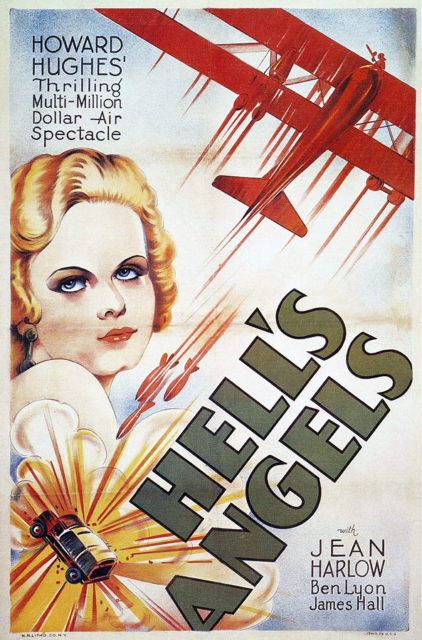
For the final major flying scene of the film, some 137 pilots were employed. Unfortunately, the work on this scene cost the lives of three pilots and a mechanic.
13. “Roar” was a real jungle in Hollywood
In 1969, Tippi Hedren and her then-husband Noel Marshall worked on a film set in Africa and got crazily inspired to make a movie with real lions. It would have been fine if it was a movie with a few wild cats, but their sets were made to look as if the safari had really materialized in Hollywood, having been brought directly from the heart of Africa. Their film idea resulted in being one of the most notorious misadventures in the film industry.
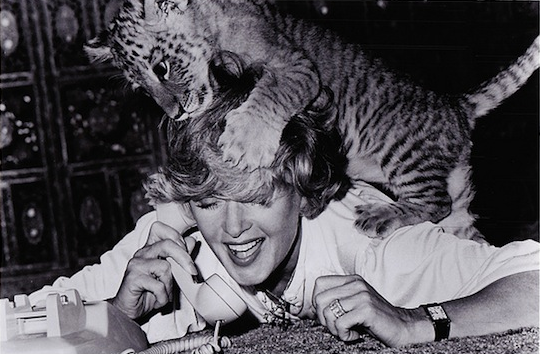
If “Hell’s Angels” took three years of filming, the work on “Roar” took almost the entire 1970s. Hedren, Marshall and more than a hundred other people who were involved in the sets, worked with dozens of untrained lions, tigers, leopards, and cheetahs. On set, they faced a seemingly everyday occurrence of one big injury or another.
Hedren herself suffered a fractured leg and also had scalp wounds following an incident with an elephant. She was also bitten by a lion on her neck and the actual scene is featured in the original motion picture. Her daughter, Melanie Griffith, was one of the attacked persons too, needing some fifty stitches to her face, and at one point, coming close to losing one of her eyes.
Actress Tippi Hedren later stated that Roar, “it is the most dangerous film ever made in history. Nowadays, there’s so much regulation, if you’re working on a film and two people get injured, they come in and they shut you down.”
14. MGM allegedly hooked child actor Judy Garland on pills
Judy Garland joined MGM when she was aged just 13. During her time there, Judy was unfortunately subjected to seemingly never-ending abuse. For instance, executive Louis B Mayer perpetually harassed her about losing weight; Garland was forced to starve herself and after some time got hooked on diet pills.
The verbal offenses were harsh and awful. Once, she was told by the studio she looked like a “fat little pig with pigtails.” In another instance, she was “so fat she looked like a monster.” Mayer had orchestrated Garland’s diet at one point and it sounds gross: black coffee, chicken soup, four packs of cigarettes a day, and diet pills every four hours.
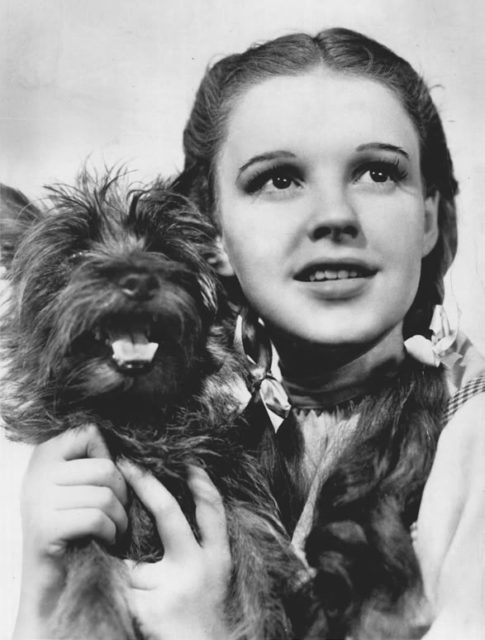
Reportedly, the year before The Wizard of Oz, the studio managers were also exchanging memos among themselves about the star’s daily intake. Those working on the movie set confirm she was told some of the cruelest things they could remember anyone telling a child actor.
As The Telegraph further reports, “Mayer left her with a lifelong eating disorder and also arguably caused her drug addiction since getting high was the only way she could forget the raging hunger.”
15. Peg Entwistle, the Hollywood Sign Girl
Peg Entwistle was a Welsh-born English stage and screen actress who gained prominence after appearing in several Broadway productions. She began her career in 1925 and then moved to Hollywood at the peak of the Great Depression.
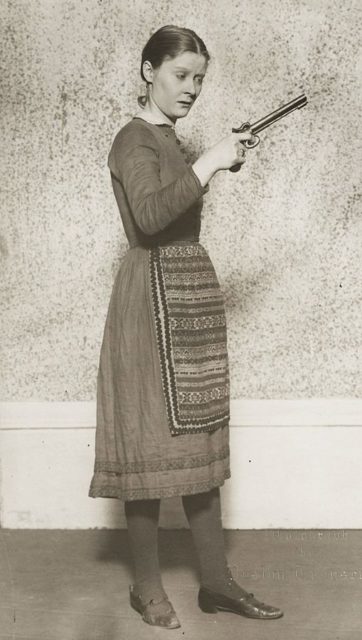
Entwistle came to Hollywood, like many other young people, to pursue the dream of becoming a film star. Things did not work out too well though. For a couple of years, she acted in a few minor stage roles, but those roles did not bring her any real success as an actress. Depressed and out of work, Entwistle climbed to the top of the letter “H” on the famous Hollywood sign and sadly took her life.
Her purse, found by one hiker, had a note reading “I am afraid, I am a coward. I am sorry for everything. If I had done this a long time ago, it would have saved a lot of pain. P.E.” Following this sad and shocking event, the tabloids dubbed Entwistle “The Hollywood Sign Girl”. She was only 24 when she jumped to her death from the “H” letter, and she appeared in only one film, entitled “Thirteen Women”, released shortly after the suicide event.
